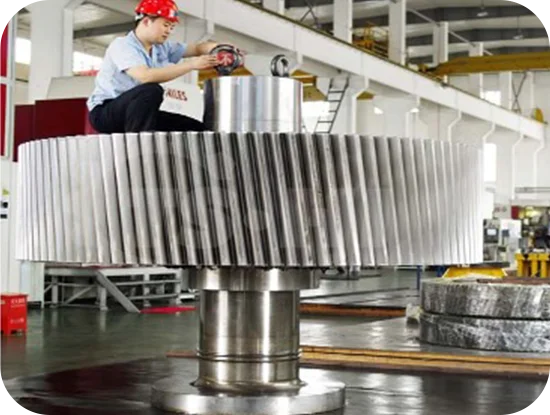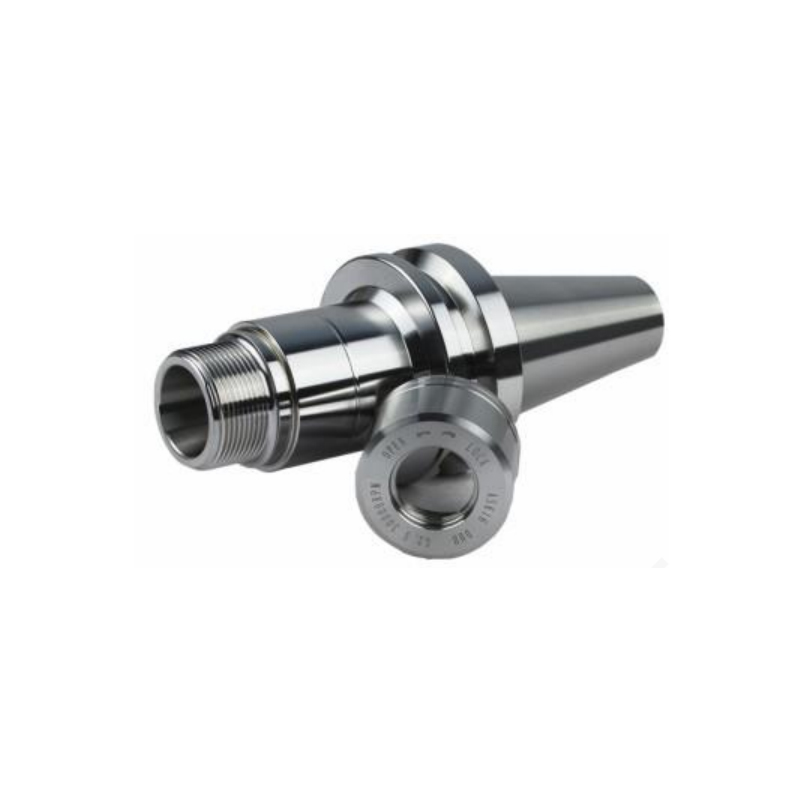In an era where sustainability is at the forefront of architectural innovation, the quest for eco-friendly building materials has never been more critical. Among these materials, the choice of wall construction plays a pivotal role in determining the environmental impact of a building. This article delves into the most eco-friendly wall options available today, examining their materials, construction methods, and overall sustainability.
Understanding Eco-Friendly Walls
Before we explore specific wall types, it’s essential to define what makes a wall eco-friendly. An eco-friendly wall minimizes environmental impact through sustainable sourcing, energy efficiency, and the use of non-toxic materials. Additionally, it should contribute to the overall health of the indoor environment, promoting better air quality and comfort.
- Natural Materials: The Foundation of Sustainability
a. Straw Bale Walls
Straw bale construction has gained popularity as a sustainable building method. Straw bales are an agricultural byproduct, making them a renewable resource. These walls offer excellent insulation properties, reducing the need for heating and cooling systems. Furthermore, straw bale walls are biodegradable, ensuring that they leave a minimal ecological footprint at the end of their life cycle.
b. Rammed Earth Walls
Rammed earth construction utilizes natural soil, which is compacted to create sturdy walls. This method not only reduces the need for manufactured materials but also provides excellent thermal mass, helping to regulate indoor temperatures. Rammed earth walls are durable and can last for centuries, making them a long-term sustainable option.
- Recycled and Upcycled Materials
a. Reclaimed Wood
Using reclaimed wood for wall construction is an excellent way to reduce deforestation and waste. This material often comes from old barns, factories, or other structures, giving it a unique character while minimizing the need for new lumber. Reclaimed wood walls can be treated with non-toxic finishes to enhance their durability without compromising indoor air quality.
b. Recycled Steel
Steel is one of the most recycled materials globally, and using recycled steel for wall framing can significantly reduce the carbon footprint of a building. Steel frames are strong, lightweight, and resistant to pests, making them a practical choice for eco-friendly construction. Additionally, they can be combined with other sustainable materials, such as insulation made from recycled denim or cellulose.
- Innovative Insulation Solutions
a. Hempcrete
Hempcrete is a biocomposite material made from hemp hurds and lime. It is lightweight, provides excellent insulation, and is carbon-negative, meaning it absorbs more CO2 during its growth than is emitted during its production. Hempcrete walls are breathable, preventing moisture buildup and promoting a healthy indoor environment.
b. Insulated Concrete Forms (ICFs)
ICFs are made from expanded polystyrene (EPS) or other recycled materials and are filled with concrete. This construction method offers superior insulation and energy efficiency, reducing heating and cooling costs. While the EPS component raises concerns about plastic waste, many manufacturers are now producing ICFs with recycled content, enhancing their eco-friendliness.
- Green Certifications and Standards
When selecting eco-friendly wall materials, it’s crucial to consider certifications that indicate sustainability. Look for products that meet standards such as LEED (Leadership in Energy and Environmental Design), GreenGuard, or the Forest Stewardship Council (FSC) certification. These certifications ensure that the materials used in wall construction adhere to strict environmental guidelines.
- The Role of Technology in Sustainable Wall Construction
Advancements in technology have led to the development of innovative materials and construction methods that enhance the sustainability of wall systems. For instance, 3D printing technology allows for the creation of complex wall structures using eco-friendly materials, reducing waste and labor costs. Additionally, smart materials that adapt to environmental conditions can improve energy efficiency and indoor comfort.
Conclusion: The Path Forward
Choosing the most eco-friendly wall involves a multifaceted approach that considers material sourcing, construction methods, and long-term sustainability. By opting for natural materials, recycled components, and innovative insulation solutions, builders and homeowners can significantly reduce their environmental impact. As the demand for sustainable construction continues to grow, the industry must embrace these eco-friendly wall solutions to build a greener future for generations to come.





